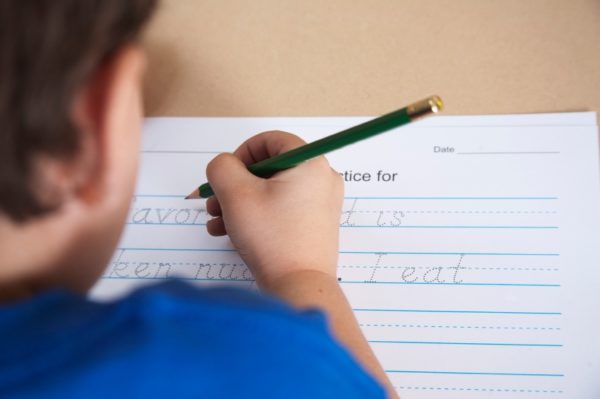November 2020
Grounded in Research, Realized with Application captures the work of the Robinowitz Education Center staff. We are pleased to publish our first of many blogs!
Susan E. Miller, Assistant Director of REC
From the mouth of babes, “The only time I hold a pencil is when I’m working with you.” Words spoken by not one, but several clients of varying ages within the past few months. Despite their ages, I shared with my clients in “kid-friendly” language what brain research has discovered about the importance of handwriting. Below is an excerpt from an article I wrote several years ago on the topic. Since its publication, more research has been published that support the findings detailed below. We are at the point where we can say definitively, the importance of teaching handwriting, establishing accuracy and fluency of letter formation, and reinforcing its application in all grades is “settled science.”
Gwendolyn Bounds, in a Wall Street Journal article titled “How Handwriting Trains the Brain,” discussed research findings that the act of handwriting activates more brain activity than using a keyboard. In addition, the information transcribed by hand rather than typed, is better retained by the participant. The neurologist Dr. Judy Willis, a strong advocate of keeping the instruction of handwriting in the curriculum through the elementary grades, has said, “The practice of writing can enhance the brain’s intake, processing, retaining, and retrieving of information.” Also, Dr. Willis commented, “Through writing, students can increase their comfort with and success in understanding complex material, unfamiliar concepts and subject-specific vocabulary.” The use of handwriting for these purposes rings true especially for dyslexic students who need to have that more engaging experience of handwriting in order to learn letters, letter patterns, and new vocabulary words.
Despite rumors of its demise, handwriting is included in the Core Content Standards. However, it is just one objective. The one objective contained in the Kindergarten and 1st Language standards states the student must print all upper and lower case letters by the end of 1st grade. Rather than reference handwriting and/or the production of legible writing in the later grades, the standards for each grade contain an objective that requires the student to use digital tools to produce written documents. As more and more research is published on the importance of handwriting as it relates to establishing meaningful memories of content handwritten rather than typed, and the fact that fluent letter formation is linked to higher quality writing output, the writing standards need to be revised to reflect these important findings. In the meantime, don’t let remote instruction stop you from teaching and practicing letter formation and requiring your students to write by hand. You are doing their brains a favor!

